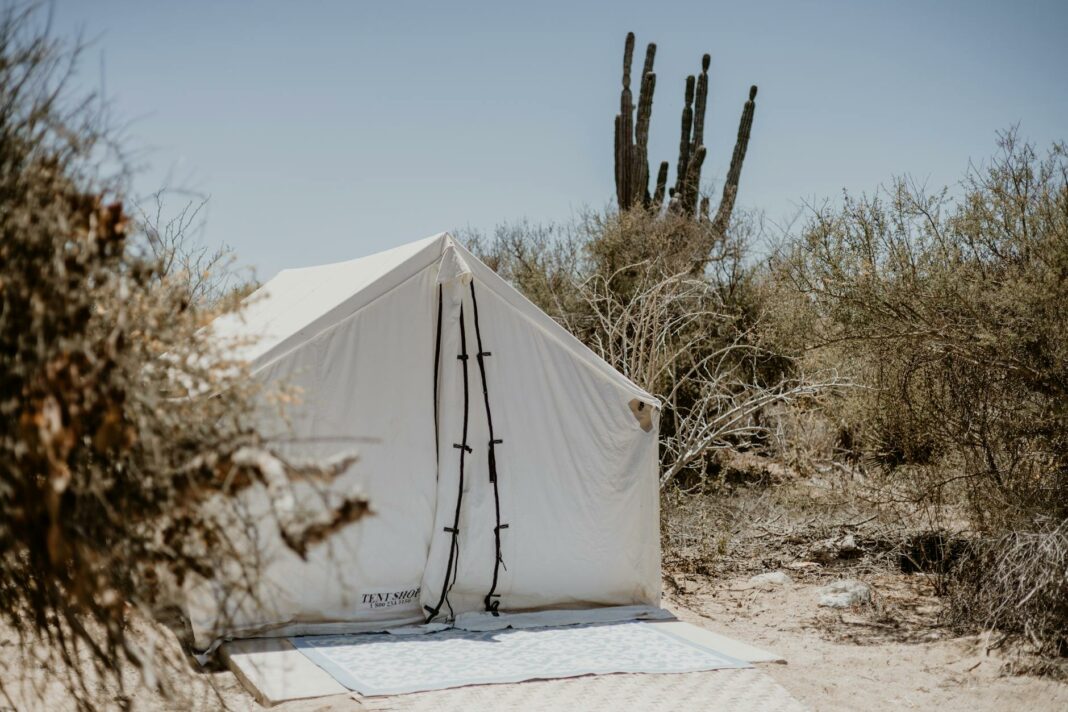“`html
When one thinks about wildlife destinations, the mind often drifts towards the lush jungles and vast savannahs. However, desert environments offer a unique and enchanting tapestry of life waiting to be uncovered. These arid expanses are a treasure trove of hidden gems, showcasing extraordinary adaptations, intricate ecosystems, and wildlife that thrives against the odds. From secret watering holes to vibrant desert blooms, the stories these landscapes tell are simply captivating.
Exploring the hidden wildlife gems in desert regions not only broadens your awareness of biodiversity but also invites you to connect with nature in its rawest form. The beauty of these rugged terrains, marked by sweeping dunes and rocky outcrops, is matched only by the remarkable resilience of the life forms that inhabit them. If you are ready to embark on an adventure that transcends conventional wildlife viewing, the desert awaits with open arms and many surprises!
Table of Contents
Unique Adaptations of Desert Wildlife
In the harsh desert climate, life has evolved ingenious adaptations that often defy expectation. Consider the kangaroo rat; this remarkable creature can survive without ever drinking water, obtaining moisture solely from the seeds it consumes. Its efficient kidneys concentrate waste, enabling it to thrive in conditions that would spell doom for many others. Similarly, reptiles like the Gila monster store fat in their tails, serving as a reservoir during long periods of scarcity. These extraordinary adaptations challenge the notion that the desert is an uninhabitable wasteland.
Many species have developed unique behaviors, such as the fennec fox, with its oversized ears that dissipate heat. It not only cleverly utilizes its acute hearing to locate prey beneath the sand but also embodies the resourcefulness needed to survive in the unforgiving climate. By observing these adaptations, one gains insight into the resilience and tenacity of life in even the most extreme environments.
Hidden Water Sources
The mere idea of life in the desert often conjures thoughts of parched and barren landscapes, yet hidden water sources paint a vastly different picture. Underground rivers, seasonal oases, and even occasional rain provide lifelines to many species that would otherwise struggle to persist. These secret havens, often tucked away in rocky crevices or burrowed beneath layers of sand, offer a sanctuary for countless animals. Birds flock to these areas during migration, while mammals rely upon them for hydration and sustenance.
Ongoing research sheds light on how these hidden sources are vital to a diverse range of organisms, from frogs that emerge after rain to the delicate balance maintained by desert flora. The intricate web of life tied to these scarce water supplies challenges the stereotype of the harsh desert environment. Rather, it reveals a dynamic ecosystem where life ebbs and flows, finely tuned to the rhythms of nature.
Nocturnal Activity of Creatures
As the sun sets, the desert comes alive in a stunning display of nocturnal activity. When daylight fades, temperatures plummet and a different array of wildlife emerges, thriving under the cover of darkness. Creatures like owls, bats, and various nocturnal rodents frolic in the moonlight, hunting and foraging for food. This time of day provides them with cooler temperatures to carry out their daily activities and escape the scorching heat of the sun. It’s fascinating to witness how life adapts to the cyclical nature of these environments.
Moreover, the phenomenon of bioluminescence captures the imagination, with glowing fungi and certain insects adding magical splashes of light to the dark desert backdrop. These interactions present an entirely different perspective of the desert ecosystem, demonstrating the importance of understanding all facets of wildlife. By exploring these wondrous nighttime behaviors, visitors engage with an enigmatic world that many never witness.
Vibrant Desert Blooms
Despite the seemingly desolate landscape, deserts boast stunning floral displays that burst into life with the changing seasons. Spring often brings about a mesmerizing tapestry of colors as wildflowers bloom, starkly contrasting the muted tones of the desert floor. Species such as the desert sunflower and California poppy showcase nature’s ability to paint the landscape brilliantly, attracting pollinators in the process. The resilience of these plants is truly awe-inspiring, adapting to extreme conditions and thriving in the most unyielding environments.
The art of survival is reflected not only in the plants’ physical characteristics but also in their behaviors. Many plants have evolved specific germination strategies, with seeds lying dormant until the perfect rain arrives. Witnessing an entire field switching from grey to swirling colors captures the essence of life’s triumph against adversity. The intricate relationships among these blooms and the wildlife they attract celebrate the astonishing beauty of desert ecosystems.
Wrapping Up the Wonders
The enchantment of desert wildlife destinations lies not just in what is observed, but also in the many secrets waiting to be discovered. By venturing into some of these less-traveled paths, nature enthusiasts and adventurous souls can uncover a world brimming with life and color. It’s essential to embrace the perspective that these hidden gems deserve recognition and exploration as part of our planet’s rich tapestry. The harmony observed within these environments reveals the resilience of life, encouraging us to appreciate the extraordinary within the ordinary.
Each encounter with a desert denizen leads to a deeper understanding of adaptation, survival, and interconnectedness. Those who immerse themselves in the beauty of desert landscapes often find that every experience resonates profoundly, sparking a lifelong passion for these remarkable ecosystems.
FAQs
What types of animals can I expect to see in desert regions?
Desert regions host an array of fascinating wildlife, including reptiles like lizards and snakes, mammals such as foxes and jackrabbits, and a diverse selection of birds. Many species exhibit exceptional adaptations to thrive in arid conditions.
Are desert ecosystems vulnerable to climate change?
Yes, desert ecosystems are indeed vulnerable to climate change. Increasing temperatures and unpredictable rainfall negatively affect the delicate balance of these environments, putting both flora and fauna at risk.
When is the best time to visit desert wildlife destinations?
The best time to visit often depends on the specific region; however, spring and fall typically provide milder temperatures and active wildlife, making for excellent explorations.
Are there organized tours to explore desert hidden gems?
Absolutely! There are many eco-tours and guided excursions available that focus on the beauty and intricacies of desert wildlife, often led by knowledgeable guides who can enhance your experience.
“`
Image Credit: Pexels





